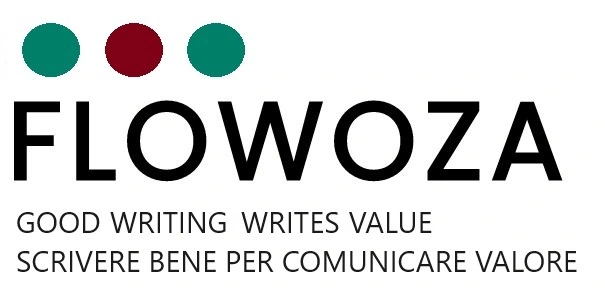Online help is the ability to have the user guide for a software program available online, instantly, to assist users in a quick, timely, and effective manner. This service makes the software application look serious and credible, which builds trust, gives the user full autonomy, and reduces the number of support calls. If users encounter a problem, they can immediately find assistance in the online help: with just one click, they can see explanations that will help them solve the problem.
Many software vendors have integrated online help directly into their applications, whether installed locally or in the cloud, with the ultimate goal of attracting more customers and generating more revenue. We have compiled some recommendations that we believe will help you avoid many of the typical mistakes that can reduce the value of this tool.
Full integration of the online help system
A first general point is to consider the online help as an integral part of the application, not as a separate document. Offering individual PDF files for viewing and downloading is a fairly simple solution, but it requires the user to open and scroll through the document, searching for the point of interest, often within a large file, with the risk of losing focus on the task at hand and the problem to be solved.
This may be a first solution, but it is good that it is not the only one. To get the best help, we need to supplement the user guide, and we’re going to look at how that can be done.
Multi-page structure for the online help system
Good guidance involves a structured, modular approach (see also Writing to Communicate Value). Today’s professional technical writing programs (see Structured Documentation with CMMS) can support the separation of content into modules. In this format, each section or page (e.g. HTML5) contains a topic or section of the user guide.
This separation into concise, focused pages makes content easier to read and navigate. Each page should cover a specific topic and nothing else. It should solve a specific problem.
Consistency in terminology, style, and formatting
It is essential that the terminology used in the help is strictly consistent with the application texts, otherwise the user will be immediately lost (see also the principles we have expressed in Operation and Maintenance Manual). While the pages are separate, they must also be consistent in graphic appearance, typeface, and content structure (descriptive, procedural, reference, for example about troubleshooting).
The presentation of the content should follow the style that identifies the image of the company and the product. Again, the aforementioned professional technical writing programs allow for a consistent look and feel through visual templates with custom colors, themes, fonts, and graphics.
Easy navigation
Online help pages should be easily accessible from any location and should provide an effective means of orientation and navigation based on clear titles and a logical hierarchy. At the first level, it is good to replicate the same menu as in the application, after which the online help should present a tree or navigation menu that is well oriented to the user experience, so the user should be able to understand where they are and how to proceed elsewhere.
The software application can direct help requests to pages with information related to each screen or software feature (contextual help). Online help systems can be real websites. They may also be expanded to include additional solutions and promotional sections.
Illustrations: screenshots and infographics
Screenshots taken from the application are very useful to reinforce content and are extremely effective in confirming with the user the steps to take or descriptions to understand. They also allow you to cut out some of the text. As the old saying goes, “a picture is worth a thousand words”.
Screenshots should be clear, uncluttered, and include necessary reminders. Size should also be considered, both for use on the screen and for possible printing: fonts should be easy to read, icons should be easy to recognize, and the entire content should fit nicely within the width of the page.
Easy access to the online help system
Access to the help content should be prominently displayed in the application’s user interface and accessible with a few clicks from a menu or an always-available command. The best approach is to provide multiple links to the help within the application, so that the content is contextually relevant to the active program function.
It is also important to provide the ability to search for a word or a short piece of text in the help content. As we do on a daily basis with Google, it is more convenient to search for a desired topic by using keywords rather than having to scroll through a long list of entries. The search must be indexed to speed up its execution.
Coordination and synergy with software
The online help content should be developed in coordination and synergy with the user interface text. We have already discussed terminology consistency, and this applies to menus, field labels, and dynamic help (tooltips and built-in digital adoption tutorials). This approach should be part of the development process (see also The role of technical writers in Agile Scrum).
Interactivity and user feedback
The feedback from the users is a crucial factor in the continuous improvement of the content of the online help. Most modern online documentation sites and portals allow users to rate pages and provide comments and suggestions.
Conclusions
In summary, the online help is an important part of the product and should not be seen as a burden but as an opportunity. Consider the advice in this article. You can better satisfy your customers and increase your chances of making a sale. If you are interested, please contact us for a free in-depth discussion.

